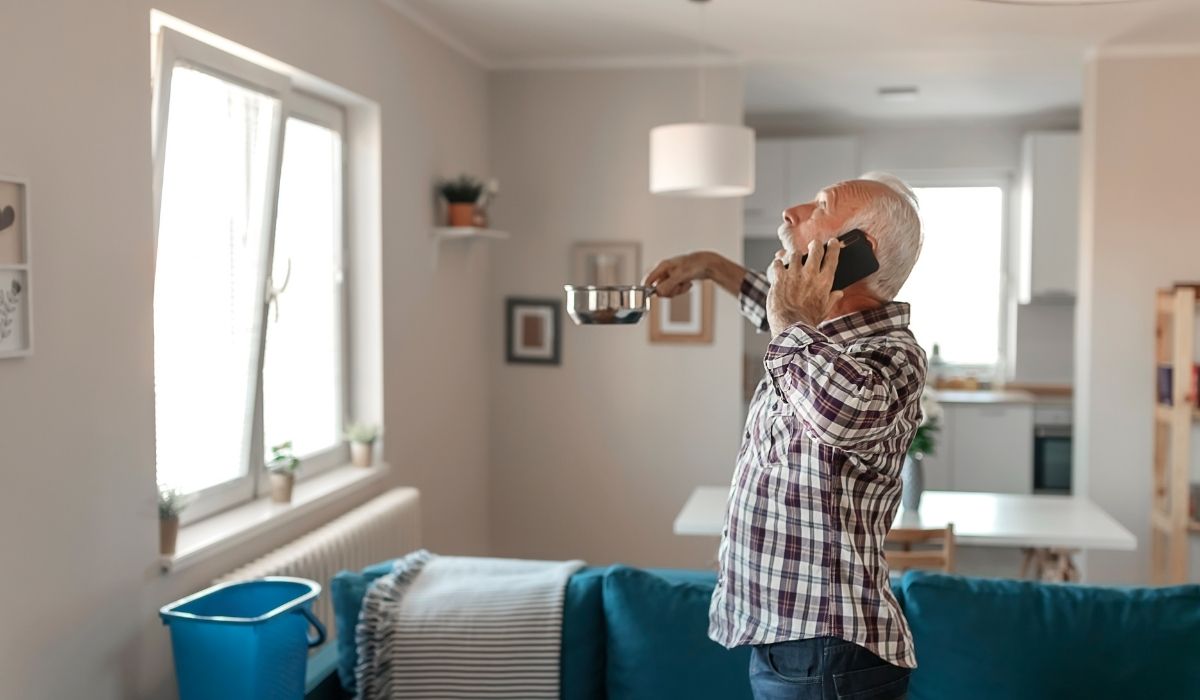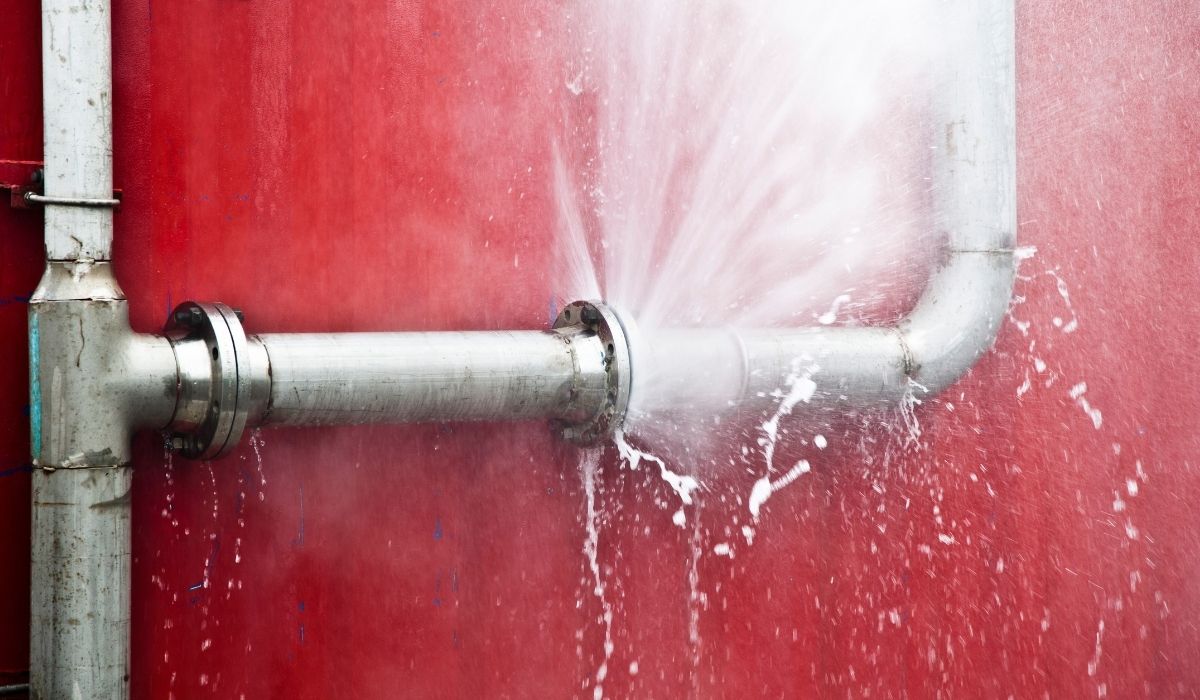Is Soot Dangerous? Learn the Hidden Dangers Inside Your Home
Have you ever lit a candle, used your fireplace, or cooked with a stove and noticed black stuff on the wall or ceiling? That black powder is called soot. It might look small, but it can be a big problem. So, is soot dangerous? Yes, it can be—especially to your health, home, and air quality.
Let’s learn about what soot is, why it matters, and how to stay safe.
What Is Soot?
Soot is a black, dusty substance made when something burns, like wood, coal, plastic, or oil. This burning process is called combustion. When fuel like wax, fuel, or metal doesn’t burn all the way, it makes particulates or tiny pieces of dirt that float in the air. These particles are soot.
Soot can come from:
- A fire in your kitchen or basement
- Burning candles or fossil fuels
- A broken furnace, duct, or chimney
- A wildfire nearby
- A faulty fireplace
- Electrical problems and flames
It can stick to your walls, furniture, clothing, and even your lungs!
Why Is Soot Dangerous?
Soot might be small, but it can cause big problems. The tiny pieces in soot can float in the air and go deep into your lungs when you breathe. Breathing in soot can hurt your respiratory system and even lead to disease.
Here’s how soot can hurt you:
- Breathing problems like shortness of breath or asthma
- Bronchitis or long-lasting cough
- Eye irritation and burning
- Headaches
- Skin problems
- Risk of cancer (soot is a carcinogen)
- Exposure to carbon monoxide, carbon dioxide, or formaldehyde
People with asthma, children, and older adults are at higher risk. Soot affects the air pollution inside your house, also called indoor air quality. The more soot in the air, the harder it is to breathe.
Where Can You Find Soot?
Soot hides in many places. It can spread fast through smoke and soot from fires or smoke damage. It may settle on:
- Ceilings, walls, and floors
- Carpets and furniture
- Your duct or chimney
- Inside your furnace
- On glass, paint, or metal
- Around kitchen appliances and electrical devices
Even after a small fire, soot can go everywhere. Sometimes, water damage from putting out the fire can make it worse. When restoration water damage is not done quickly, it may mix with mold and dust, leading to even more toxicity.
Dangers After a Fire or Flood
After a fire, soot and smoke can cause long-term problems. That’s why fire damage restoration is so important. Even after the flames are gone, soot sticks to everything. It causes odor, stains, and contamination.
When there’s a flood, water can mix with soot and lead to restoration needs. Water damage restoration should be done right away to stop mold, soot damage, and damage to your basement, roof, and carpet.
Fires and floods often need help from a restoration company that offers emergency service. These pros use tools like HEPA vacuums, sponges, and personal protective equipment to remove soot safely.
Can Soot Damage Your House?
Yes! Soot is sticky and acidic. Over time, it can damage:
- Furniture and clothing
- Walls and ceilings
- Carpet and curtains
- Ductwork and chimneys
- Your roof and kitchen area
- Even glass, metal, and paint
Soot can also cause bad odors that are hard to get rid of. This is especially true if soot gets into your furnace, fireplace, or ventilation system.
If not cleaned properly, soot leaves behind a dirty mixture of carbon, dust, and pollutants. That’s why soot removal is a job for professionals.
Will Insurance Cover Soot Damage?
Good question. Home insurance usually covers soot if it came from a sudden event, like a fire or lightning. But not all insurance policies cover damage from long-term buildup, like soot from candle smoke over many years.
Here are some things insurance may cover:
- Damage from fires
- Smoke and soot damage
- Restoration after water or fire events
- Repairs to furnaces, chimneys, and ducts
Always check with your insurance company and take pictures of the damage. Calling a restoration company early can also help with claims.
What About Climate Change and Soot?
Soot is more than just a home problem. It’s also a pollutant that adds to climate change. Soot from wildfires, combustion, and fossil fuels adds to black carbon, which warms the earth. It affects the air, soil, and water.
Soot can also fall into lakes, rivers, and oceans, harming fish and animals. It makes snow and ice melt faster too.
So yes—soot is bad for your home and the planet.
How Can You Stay Safe from Soot?
Here’s how to protect your family and home:
- Don’t let kids play near chimneys or basements after a fire
- Use a HEPA vacuum for fine dust and soot
- Wear personal protective equipment like gloves and masks when cleaning
- Improve ventilation in your home
- Clean or replace your furnace filter
- Avoid burning plastic, oil, or other bad fuel
- Call a restoration company after any fire or flood
If you smell smoke, feel a strange odor, or see stains, get help fast. Never ignore signs of soot damage.
When Should You Call a Professional?
If your home has been through a fire, flood, or if you notice black marks, it’s time to get help. A professional restoration water damage or fire damage restoration company can:
- Do full soot removal
- Clean ducts and chimneys
- Remove carcinogens, mold, and toxins
- Use safe methods for cleanup
- Help with insurance paperwork
They also test the indoor air quality and use special tools to clean where your hands can’t reach.
FAQs About Soot and Safety
1. Is 4 dangerous to breathe in?
Yes. Soot can get deep into your lungs and cause asthma, bronchitis, or other breathing problems. It’s especially dangerous for kids and older adults.
2. 4 soot make you sick even if there wasn't a big fire?
Yes. Even small amounts from candles, fireplaces, or cooking can affect your health over time and cause eye, skin, and breathing issues.
3. 4 do I clean soot safely?
Wear gloves, a mask, and use a HEPA vacuum. Never use water on dry soot. Call a professional for deep or hidden damage.
4. Will4my home insurance pay for soot cleanup?
It depends. Most home insurance plans cover damage from fires or smoke, but not long-term soot from things like candle burning.
5. Can 4 hurt pets too?
Yes. Pets can breathe in soot just like people. It can hurt their lungs and cause coughing or sickness. Keep them away from damaged areas.
Conclusion
So, is soot dangerous? Yes—it can hurt your health, damage your home, and pollute the air. Whether it’s from a fire, candle, or cooking, soot needs to be taken seriously. Always act fast, protect your breathing, and call experts if needed. Keeping your home clean and safe means looking out for the hidden things—like soot—that can cause big problems later.



